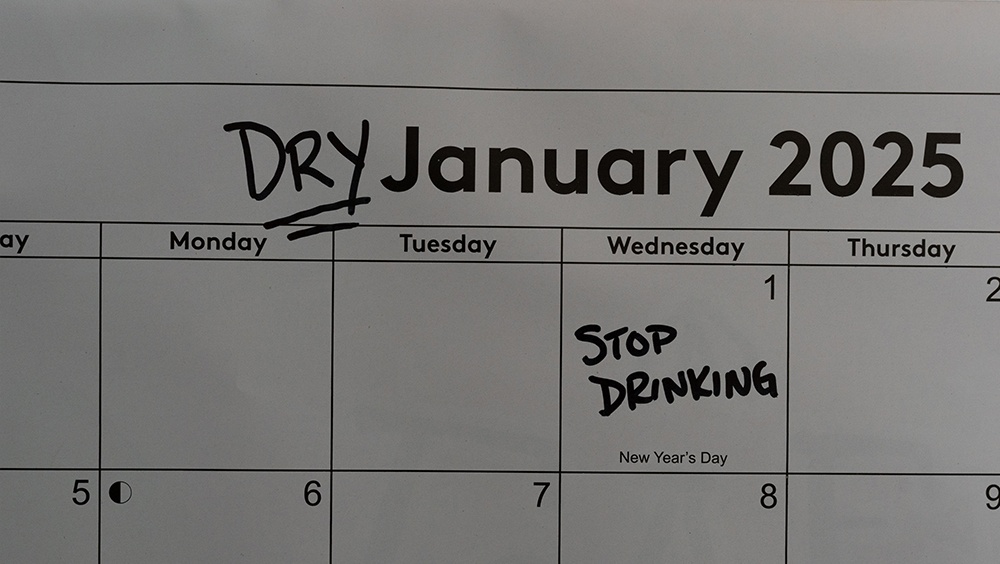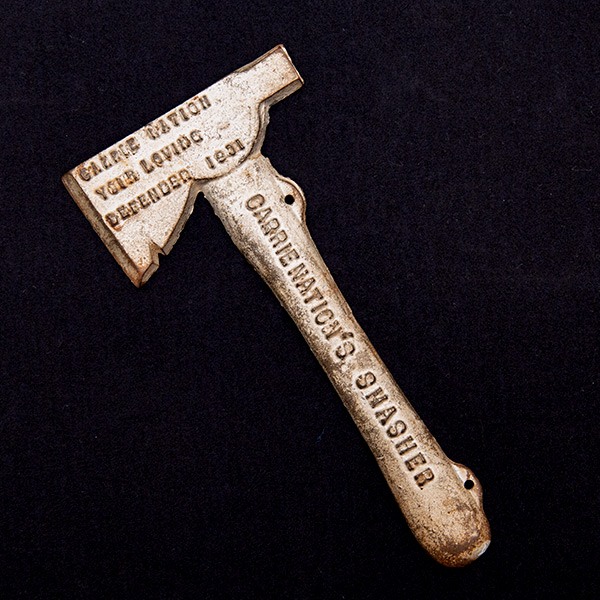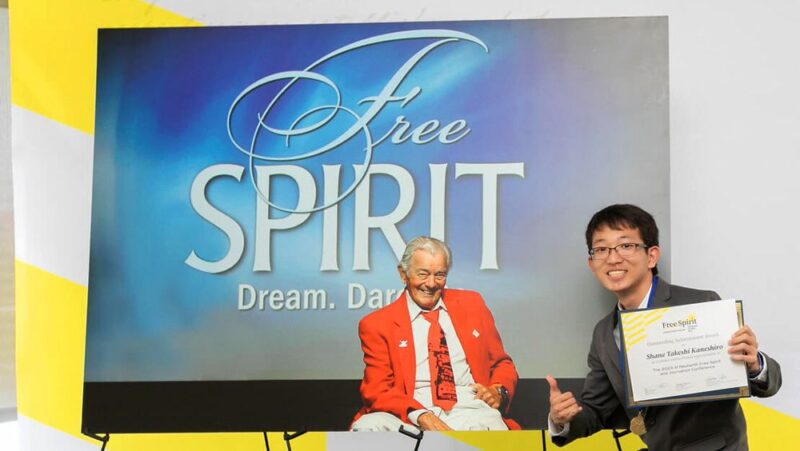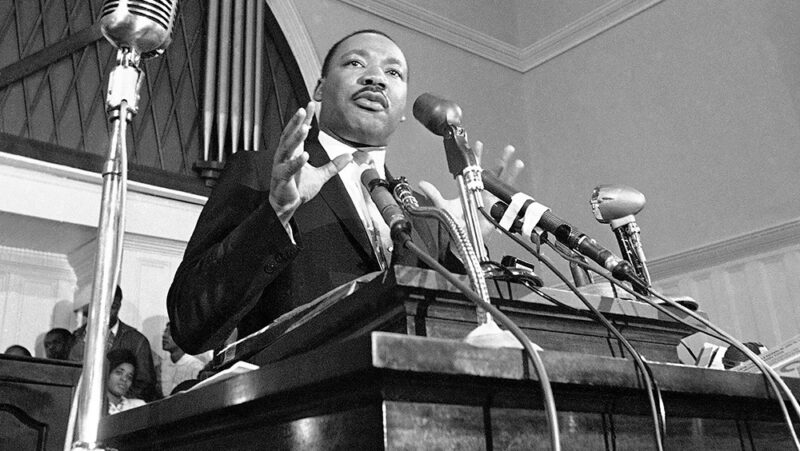Why Dry January — and the Right to Drink — Are Both Brought to You by the First Amendment

Many people bypass beer, booze and bubbly by observing Dry January to start the year with a new awareness of alcohol consumption and a health reset.
But did you know that from 1920 to 1933, every month was (theoretically) “dry” in the United States? That’s because the 18th Amendment to the U.S. Constitution that prohibited “the manufacture, sale, or transportation of intoxicating liquors” became law.
That law – and the repeal of that unpopular constitutional amendment “13 years, 10 months and 18 days later,” as the New York Daily Mirror tallied, was brought about thanks to the power the First Amendment gave activists on both sides.
The 21st Amendment ending Prohibition marked the only time in history – so far – that an amendment to the U.S. Constitution was repealed.
Abuse of alcohol spurs a movement

Prohibition advocate Carrie Nation sold hatchets like these as souvenirs to help pay her jail fines. Credit: Freedom Forum Newseum Collection
Alcohol has long been part of the American – and human – story. The Pilgrims fleeing England on the Mayflower in 1620 seeking religious freedom and better opportunities in America brought more beer than water on the journey. The reason? Months at sea left the water quality questionable.
By the 1830s, the average American over 15 drank 88 barrels of whiskey a year – three times the amount of alcohol people consume today, according to Ken Burns’ documentary “Prohibition.”
From farmers to factory workers, alcohol was a part of American culture – as was the abuse fueled by overconsumption. Women and children bore the brunt of that damage. And it was women and religious groups who assembled the effort to cut the nation’s dependence on booze and advocate for a nationwide ban.
In 1890, Carrie Nation – whose first husband succumbed to alcoholism – was living in Kansas with her second husband, a newspaperman, lawyer and preacher. Deeply religious, Nation formed a chapter of the Women’s Christian Temperance Union. The seeds of the WCTU were planted by a Baptist congregation in Fredonia, New York, in 1873 and grew into a national movement in 1874.
It was illegal to sell alcohol in Kansas, but the law was not enforced. Nation took matters into her own hands – and hatchet – assembling women who prayed and sang hymns outside saloons in Medicine Lodge, Kansas. Bars soon closed. She moved on to Topeka, where peaceful prayer and music soon turned to smashing bars with hatchets, which led to her arrest.
In addition to exercising the freedom of assembly, Nation used the power of the press to start the newspapers The Smasher’s Mail and The Hatchet to spread the word about her efforts and urge women to seek the vote. She sold souvenir hatchets to raise money for the cause.
Religion and the rise of ‘Dry Boss’
While the WCTU made headlines, another group with religious roots brought more political clout to the movement. The Anti-Saloon League began in Oberlin, Ohio, in 1893, founded by Congregational minister Rev. Howard Hyde Russell. Most members were Baptists and Methodists, but other Protestant groups also took part. Their goal: eliminate alcohol in America.
Led by lawyer Wayne B. Wheeler, the Anti-Saloon League became one of history’s most effective lobbying groups. The league sent 55,000 supporters into the field, seeking signatures to support a ban on booze. (Wheeler had a personal motivation: He had been injured as a boy by a drunken farm employee wielding a hayfork.)
Wheeler targeted lawmakers at all levels of government who opposed Prohibition – even toppling the incumbent governor of Ohio in his efforts. He gave speeches and organized protests that he dubbed “petitions in boots.” Politicians across the country took notice and many communities went dry. Wheeler was soon dubbed the “Dry Boss” for his influence over politicians from the local level to presidents and Congress.
A new third party arose, the Prohibition Party, with an anti-alcohol platform promoted through its newspaper, The Chicago National Prohibitionist, which published from 1907-1911.
Temperance, taxation and a flawed law
In 1913, another major event fueled Prohibition: The 16th Amendment established the national income tax, reducing the reliance on alcohol sales for income. Before that, alcohol sales funded 40 percent of the federal government’s revenue.
On Dec. 10, 1913, some 4,000 supporters of the Anti-Saloon League and the WCTU marched in Washington, D.C., demanding an amendment to the Constitution making alcohol illegal.
Major industry leaders like Henry Ford and John Rockefeller supported the ban, fearing drunken employees would hurt the bottom line.
Prohibition gave the Ku Klux Klan another opportunity to target Catholics and immigrants from Southern and Central Europe. By getting rid of these groups, they would also rid communities of bootleggers, the Klan told followers. The Klan burned businesses and raided homes. Further anti-immigrant sentiment fueled by World War I led to the closures of many breweries run by German Americans.
Four years after the march on Washington, Wheeler’s arm-twisting and lobbying paid off: The Senate and the House passed the 18th Amendment, and 13 months later, in January 1919, Nebraska become the 36th and final state to ratify the amendment.
On Jan. 17, 1920, the sale, distillation and distribution of alcohol became illegal nationwide. But the Volstead Act that enforced Prohibition had a loophole that would hasten its demise: It wasn’t illegal to drink alcohol.
Assembly and petition help to end prohibition
Prohibition did not solve America’s drinking problem. Instead, it fueled organized crime, bribery of politicians, and the growth of bootlegging and speakeasies, where alcohol flowed illegally but freely. A small federal force assigned to enforce the law couldn’t keep up with those flouting it.
Even President Warren G. Harding – who voted for Prohibition – held booze-fueled parties at the White House.
Deadly gunbattles over territory among crime syndicates led by gangsters like Al Capone captured headlines.
At this point, women were newly empowered with the right to vote nationwide. Though many of them had previously promoted Prohibition, they turned on the movement, blaming it for society’s ills and loss of jobs — particularly for immigrants — and urged its repeal. In New York in 1929, the Women’s Organization for National Prohibition Reform assembled, some 50,000 strong a year after it formed, later becoming the largest repeal group with 1.5 million supporters nationwide.
The women lobbied lawmakers and spoke out at rallies and on radio. In 1931, they sent a protest motorcade through New York state.
When the stock market crashed in October 1929, sending the country into economic crisis, support for Prohibition hit bottom. While bootleggers banked millions, the federal government had lost a lucrative tax opportunity on alcohol.
President Franklin Delano Roosevelt was elected president in 1932 on a campaign to repeal Prohibition and tax alcohol sales.
On Dec. 5, 1933, Utah became the last state to repeal Prohibition by ratifying the 21st Amendment, ending the ban on alcohol nationwide.
The amendment that had tried to control Americans’ behavior by limiting access to alcohol did reduce consumption but failed to win public support. So, the next time you (responsibly) raise a glass or two – or choose to bypass the bar – remember that access to alcohol was taken away – and brought back to you – by people exercising the freedoms of the First Amendment.
Patty Rhule is chief content officer at Freedom Forum.
How I Exercised My Rights as a Student Journalist
25 Black Civil Rights Activists Who Used the Power of the First Amendment
Related Content


